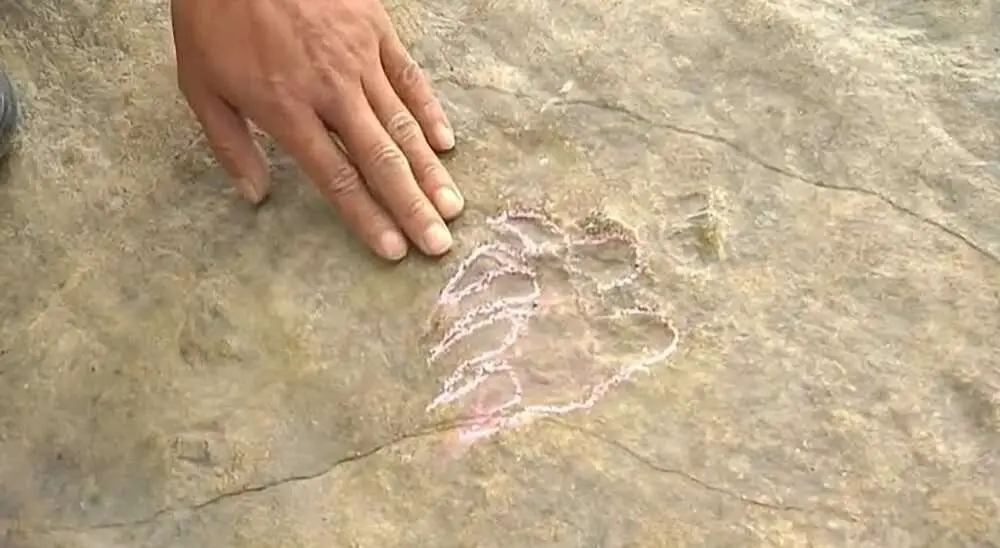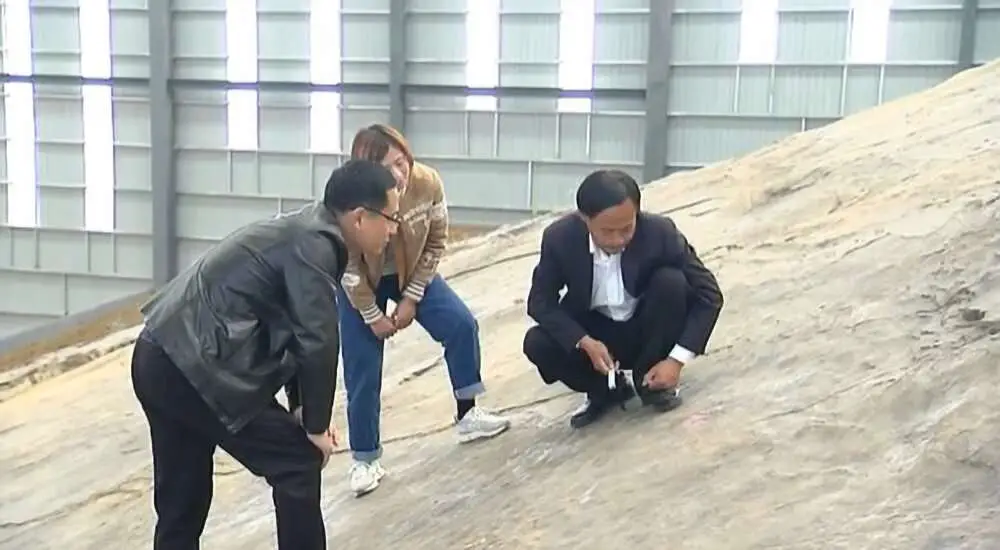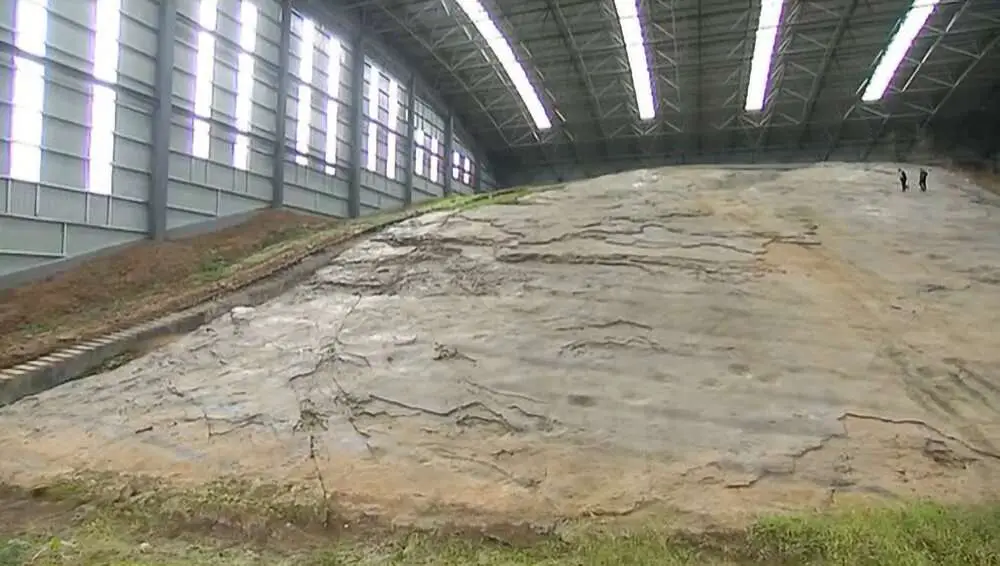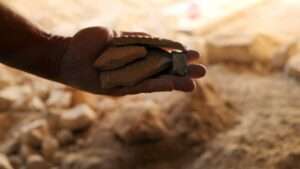Scientists in China have discovered 100-million-years-old fossilised turtle footprints, including one ‘among the world’s best preserved’.

The rare discovery was made at the Huanglonggou fossil site, located in the eastern Chinese province of Shandong.
More than 20 footprints left by turtles that lived during the Early Cretaceous period were found, including one that shows five toes.
It is currently not known what exact species left the prints, but the team said they belonged to a previously unknown taxon.
They named the new turtle group Zhuchengichnites perfectus, after the city where the footprints were found.

The research team said: “The Huanglonggou footprint site in Zhucheng, Shandong province, has preserved a large number of turtle footprints with various forms in the Early Cretaceous.
“The turtle footprints in Zhucheng are different from those found in other places in the past.”
One of the researchers, Chen Shuqing, from the Zhucheng centre, told local media that there was one footprint with five toes that is “among the world’s best-preserved turtle footprints”.

The rear left footprint is around 4.3 inches (11 centimetres) long and 3.9 inches (10 centimetres) wide.
Chen explained: “The turtles left a lot of claw scratches. Some look like arcs, suggesting that they were formed as the turtles made turns.
“Longer scratch lines could mean a faster crawling speed.”


